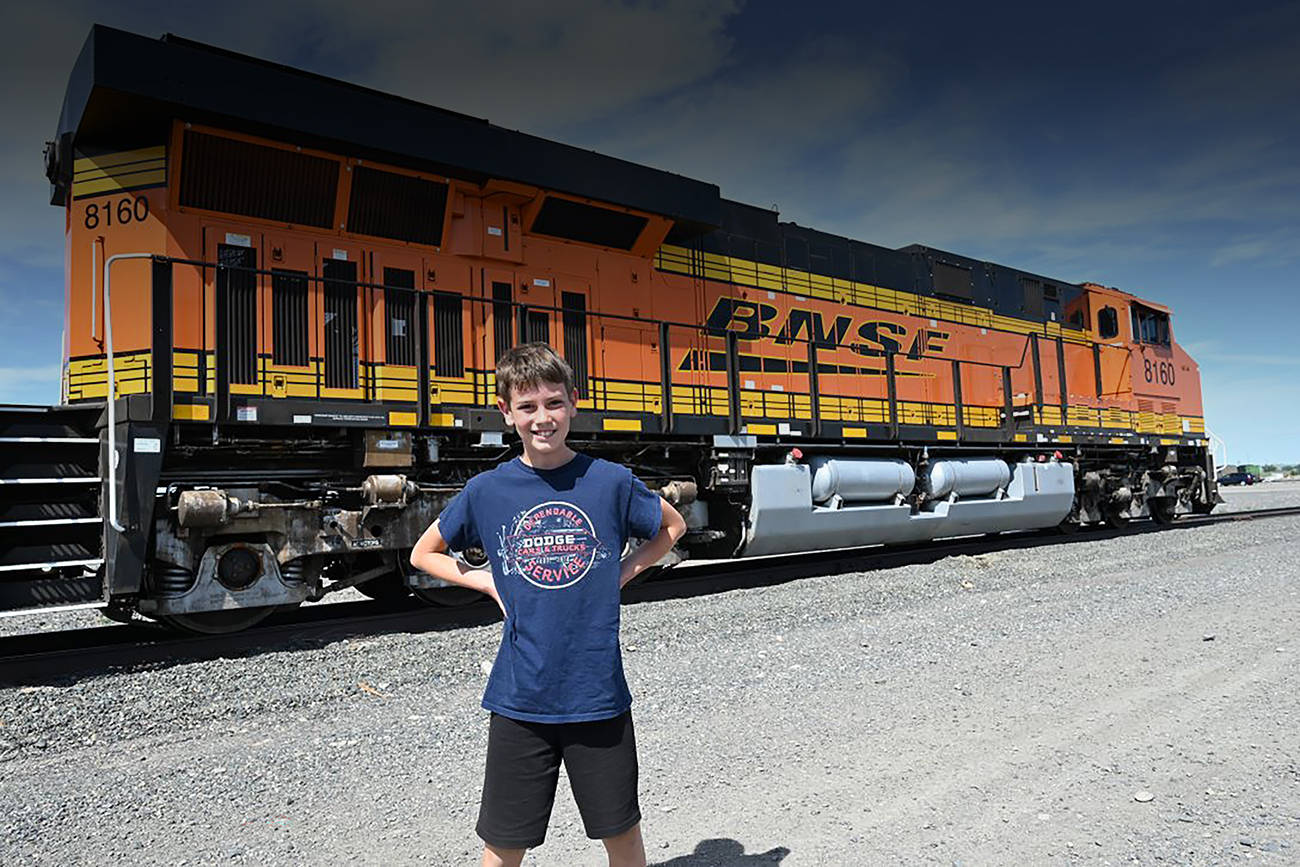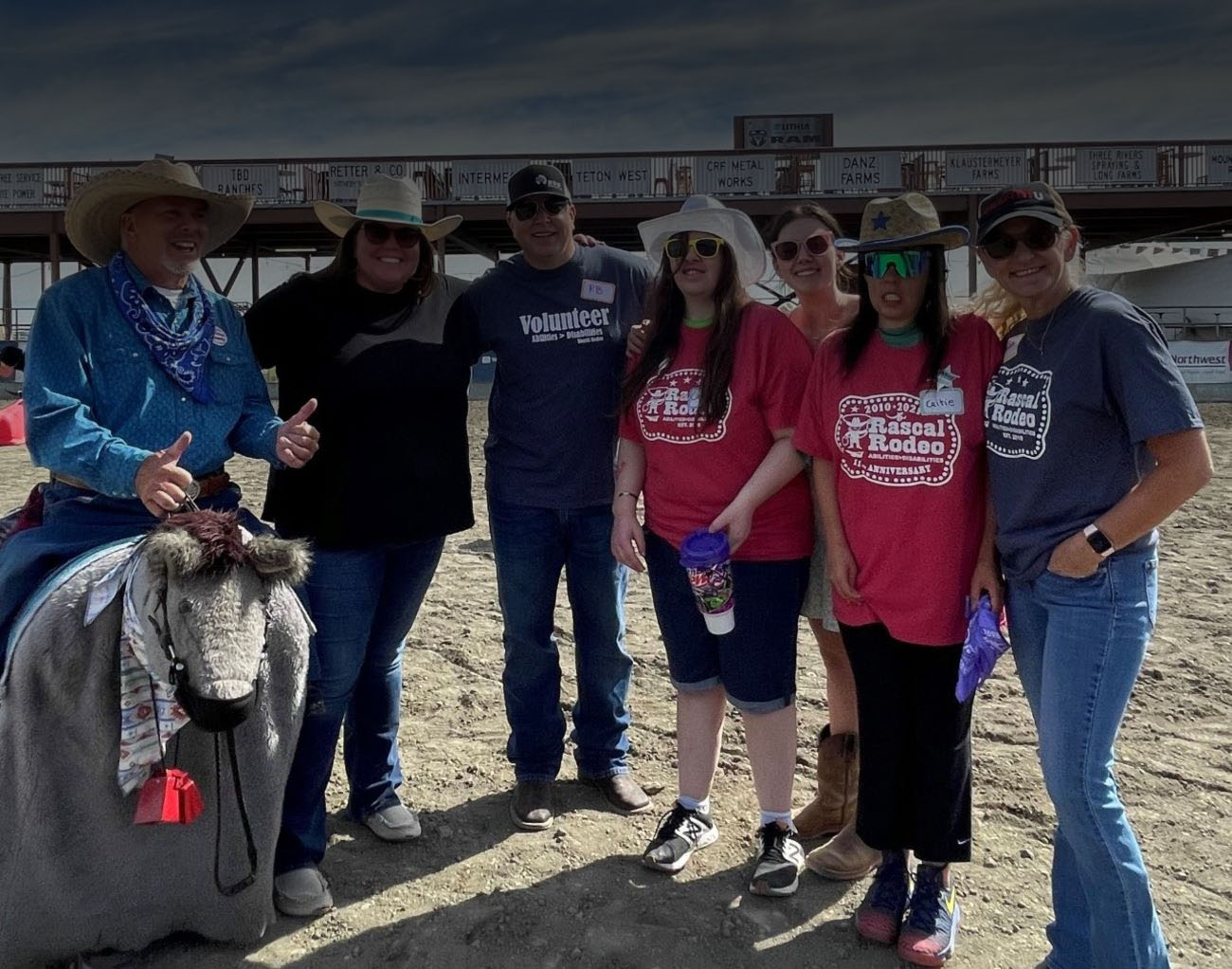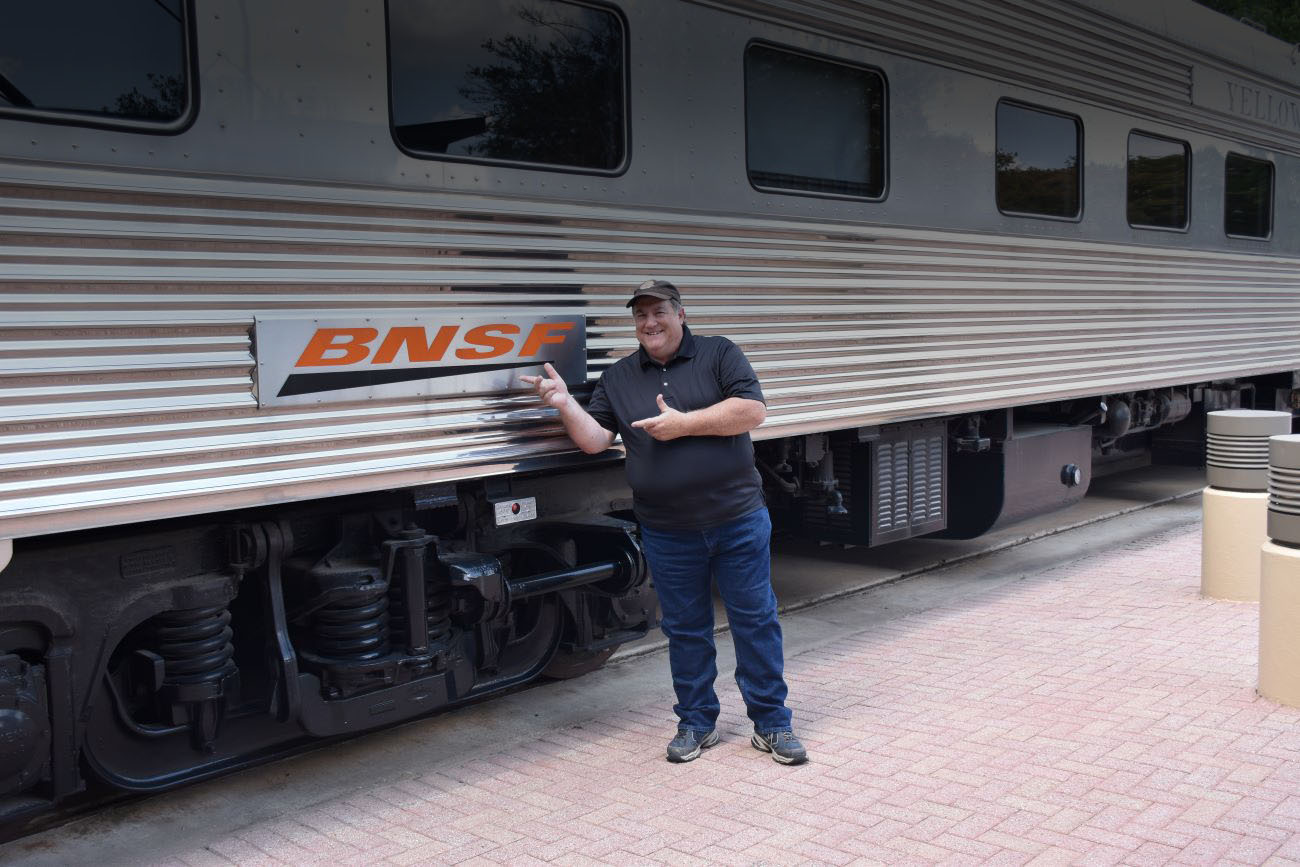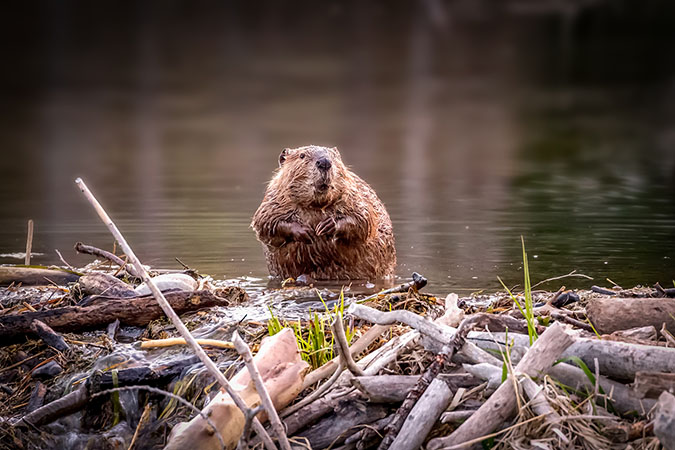
BNSF crews in Minnesota solve another dam problem
By SUSAN GREEN
Staff writer
Beavers may be cute with their stumpy whiskered noses, chubby bodies and distinctive rudder-like tail, but these semiaquatic rodents’ habits are not so charming. The dams that they build to create their lodges can lead to flooding.
On our Twin Cities Division in northern Minnesota, the area is very swampy, and culverts along our railroad right-of-way are intended to drain water. But these have become favored spots for beavers to build their dams. The sticks, rocks and mud that they use block the culverts, causing water to flow onto nearby property as well as saturate the track roadbed.

“It’s a concern and we’ve seen an uptick in activity,” explained Brent Hartwig, BNSF supervisor of structures. “The beavers seem to be broadening their territory.”
Elsewhere in the region, the issues are the same. “We’ve seen an increase in beaver dam activity this year. After a very wet spring leading to a dry summer, beavers have been especially active,” said Margie Nelson, public affairs coordinator with Minnesota Department of Transportation. “We’ve seen lots of plugged culverts, which will pond water that will lead to eventual deterioration of the roadbed. Our staff has spent quite a bit of time clearing those blocked culverts.”
Beavers are like hydrological engineers that build dams to restrict water flow and then build their lodges nearby with access to just enough water that they can swim in and out of their shelters. BNSF track inspectors know to watch for the tell-tale mounds.
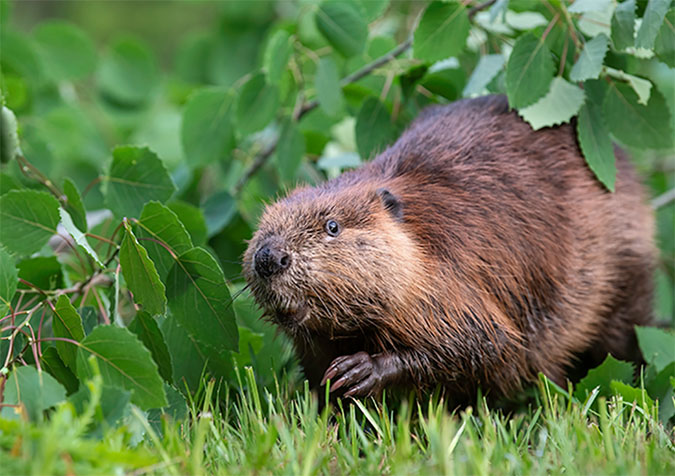
“They know not to rip and tear out the lodges, which can be up to six or eight feet wide and tall,” Hartwig said. “Otherwise, the beavers are territorial and will come back and build even bigger.” Instead, the team works with the U.S. Department of Agriculture to trap and remove the beavers, generally before spring when pups are born.
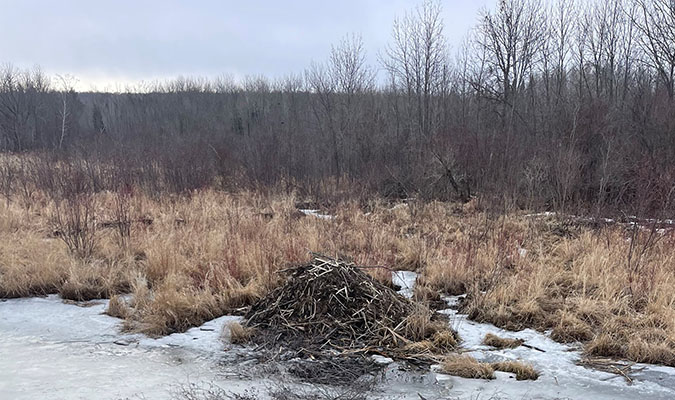
The battle of the beavers is generally in the summer months, when they’re most active, said Hartwig, who previously worked for the forest service. Come winter, when ponds and water in the culverts freeze, the dam-builders spend most of their time in their lodges.
Besides moving the beavers, another mitigation effort is to build railroad bridges rather than culverts. But because that’s not always feasible or economical, our engineers place grates in front of pipes to keep the beavers out of the culverts.
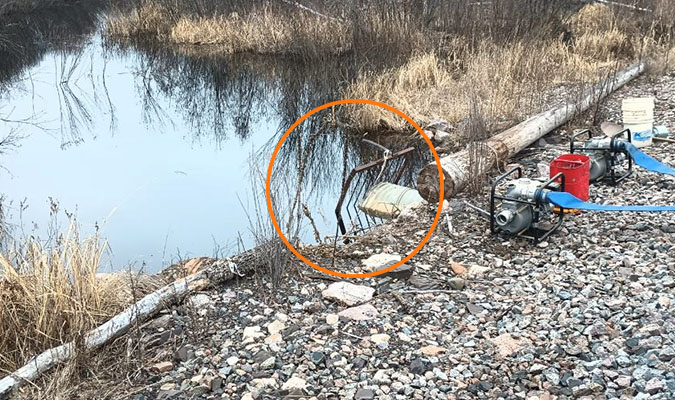
“Beavers are not to be underestimated,” Hartwig added. “Besides humans, they are the only other mammals that alter their environment to suit themselves. There are times when we can coexist, and if they’re not jeopardizing the railroad, we leave them alone.”
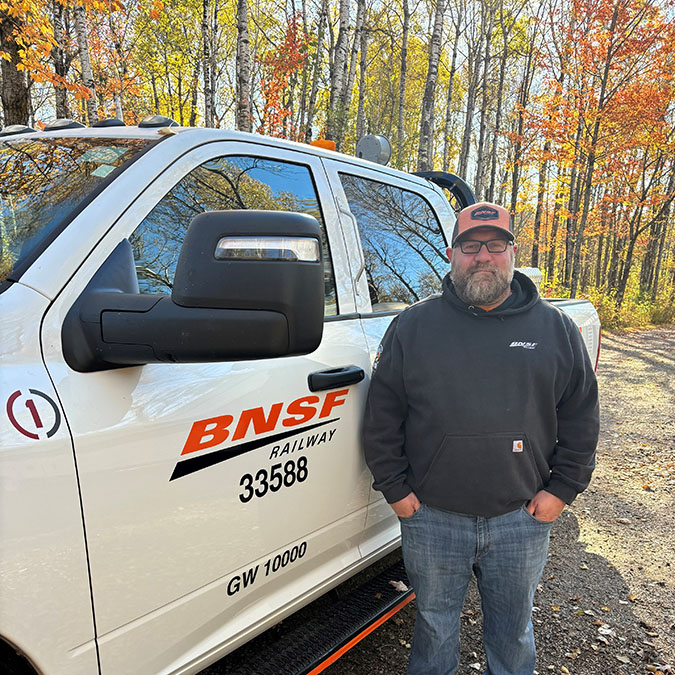
DID YOU KNOW?
The beaver has long been associated with Canada and appeared on the first pictorial postage stamp issued in the Canadian colonies in 1851. The beaver was declared the Canadian national animal in 1975, but its status as a rodent has made it controversial. In the U.S., the beaver is the state animal of New York and Oregon.
